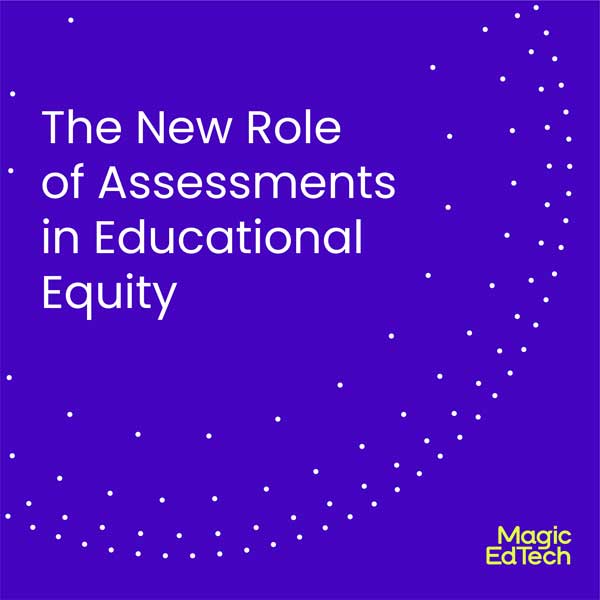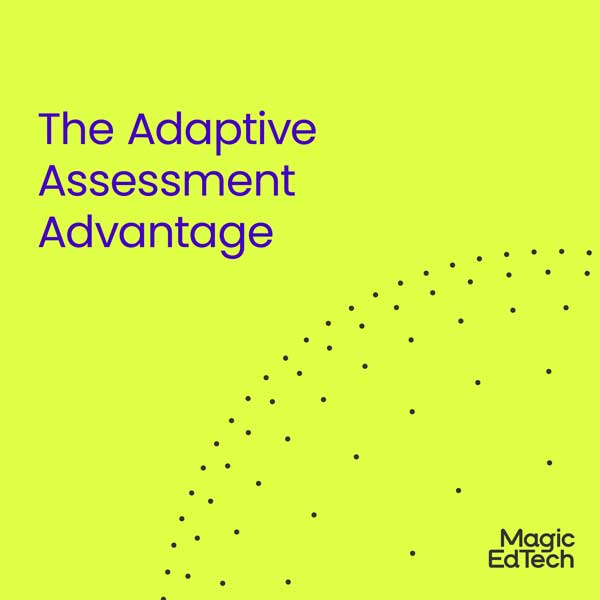Upgrade Your Formative Assessments Using Technology
- 1 July, 2022
- Reading Time: 5 minutes
What are formative assessments?
Assessment is an integral component of the education process. Formative assessments are used in the classroom to describe periodic, interactive assessments of student progress and understanding in order to identify learning needs. They can help teachers answer questions like: Are my students ready to move on to the next lesson? Which students require a different approach to learning these concepts?
Formative assessments aid teachers in pinpointing where students are struggling which allows for early intervention. Owing to the fact that formative assessments are used to plan the next step in instruction based on the progress of the class, they must be given a higher priority.
Where is formative assessment useful within a classroom setting?
Teachers find it easier to advance towards meeting the standards on summative assessments when they regularly monitor student growth through the use of formative assessments. Students can apply their knowledge in an assessment setting that is stress-free, as formative assessments are not high stakes like summative assessments.
Instructors have more power to improve student comprehension of the subject matter if they know exactly what their students know before and after the lesson than if they discover out after the unit is completed. The strength of formative assessment is that it provides teachers and students with regular feedback, allowing teachers to understand student progress. This supports ongoing lesson and instruction planning so students can learn and relearn in a timely manner.
Examples of formative assessments include
- Circle emojis or images that help students express their understanding of a subject in ways other than words.
- Low-stakes quizzes or games on apps where teachers can view each student’s response to determine how they are performing.
- Show videos to depict a situation that reinforces the concepts and assesses students’ learning and thoughts based on their response level.
- Focus on peer assessments where students provide feedback on their peers’ work rather than asking students to assign a grade.
- Conduct discussion-based interviews and assessments which are informal chats with students to gain a sense of what they know.
- Use drawing mechanisms and artwork, such as a concept map, to demonstrate their understanding of a topic
Advantages of using a digital platform to conduct formative assessments
The value of paper-based assessments versus online assessments has been a point of contention. Nevertheless, the necessity to adapt the assessment to a digital platform has been underscored by changing times.
With a digital platform, formative assessments can be administered in an interactive way, measuring progress towards the attainment and retention of essential content.
A digital assessment platform helps teachers map their questions to BLOOMs taxonomy and create meaningful learning experiences using a digital platform.
The capacity of the platform to include non-text elements make tests more dynamic and insightful. It is also an unobtrusive way to find out what students are thinking.
Another benefit of a digital platform is the ability to automatically classify learners according to their comprehension level. The assessment experience can be personalized by administering a unique sequence of questions based on the examinee’s ability level.
Furthermore, a digital platform can record questions and store them in a database for future references, such as comparing a student’s understanding before and after the course. Teachers can leverage analytics to develop personalized learning routes for students.
Other benefits of moving from paper-based to digital assessments are the overall efficiency it brings to tests in the form of distribution, immediate scoring, tracking, and reporting. Tests can also be made more inclusive through the use of assistive technologies to cater to all learners.
Challenges in moving from paper-based to digital formative assessments
In many classrooms, formative assessments are conducted using traditional methods like paper-based tests or physical activities. Moving to a digital platform for formative assessments can meet with some resistance. Most challenges pertain to the non-adoption of technology.
Examples of reasons for the non-adoption of digital platforms for assessments are mentioned below:
- The assessment platform is complex and requires a high level of tech-savviness.
- It does not give educators the flexibility to plan their tests in their preferred style.
- Educators need to start from scratch preparing new assessments each time.
- The platform requires a lot of manual intervention and does not allow the export of paper-based to digital.
- It takes far more time to prepare the test over the platform than it does over pen-and-paper.
In these cases, schools must find an appropriate solution that is customized and suited to their classrooms’ and educators’ needs.
Using a ready-licensed solution that has been tried and tested can be an ideal fit for your current and near-future needs. However, custom-development of an assessment platform using an open-source tool can also bring a lot more flexibility and control in the long term. The decision is widely impacted by the business vision and a good solution partner can help you make a better decision.
The digital platform must support and enhance the experience, not detract from it. When used correctly, data from these tests can prove invaluable to lesson planning and preparation.
How can analytics support formative assessments?
A single data point from a quiz no matter how well designed the quiz is insufficient to plan the next step in instruction accurately. It takes many data points to gain a better understanding of student needs.
These data points include how a student interacts with content, such as whether they actively engage or avoid a module. How much time do they devote to the module – does it take them a long time to understand it, do they grasp it quickly, or do they abandon it? Are they only participating in certain subjects when they play quiz games? (for example, if the student challenges another only in one subject like geography or history and avoids math and science).
As seen by the range of formative assessments listed above, formative assessments can be employed in a quick and low-stakes manner but measure progress and show informative findings.
Moreover, formative assessments can track data from all touchpoints using an analytics platform. The ability of technology to synthesize this data and make it usable to teachers improves teaching and addresses students’ learning needs.
Regardless of which formative assessment tools you use, make sure you’re simply evaluating the content and not getting caught up in the assessment aspect. Formative assessment gives the real-time feedback needed to adjust instruction and give students feedback, which helps to concentrate their efforts in the appropriate direction.
Formative assessments acknowledge that learning is a continuous process, not a linear one. Your testing platform must be an end-to-end one with a robust assessment engine that makes the process easier for both educators and students. Contact us to explore more about a digital platform for formative assessments.








